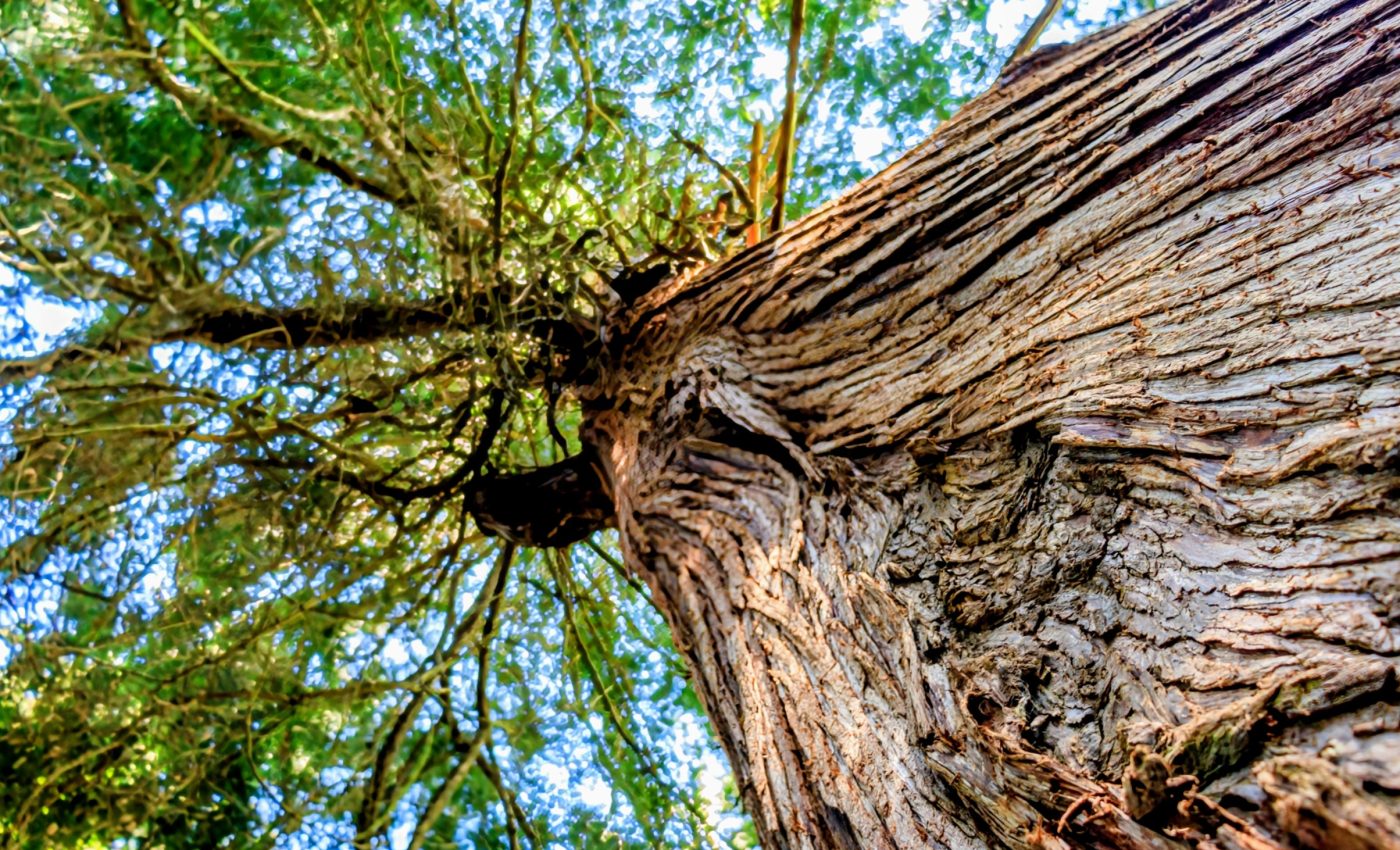
Ancient log inspires a simple yet effective climate solution
An ancient log buried for nearly four millennia is providing scientists with critical insights into how nature can preserve carbon for thousands of years.
The research has the potential to transform our climate change mitigation strategies by offering a low-cost option for carbon storage.
Preservation of an ancient log
The log’s preservation offers a glimpse into a technique that could reshape the way we think about carbon sequestration and help address one of the most pressing issues of our time – global warming.
“Six-times more carbon dioxide (CO2) is removed each year by terrestrial photosynthesis than fossil fuel emissions. However, the carbon is mostly returned to the atmosphere by decomposition,” wrote the researchers.
“We found a 3,775-year-old ancient wood log buried 2 meters belowground that was preserved far beyond its expected lifetime.”
Remarkable storage capacity
Led by Professor Ning Zeng in the Department of Atmospheric and Oceanic Science at the University of Maryland, the study revealed that the log had lost less than 5% of its carbon dioxide content.
According to the researchers, this remarkable carbon storage capability is mainly due to the log being buried in low-permeability clay soil.
“The wood is nice and solid – you could probably make a piece of furniture out of it,” noted Zeng.
During a pilot project in 2013, Zeng and his team stumbled upon the ancient log while digging a trench to test the wood vaulting concept in Quebec.
“When the excavator pulled a log out of the ground and threw it over to us, the three ecologists from McGill University immediately identified it as Eastern red cedar,” said Zeng. “I remember standing there thinking, ‘Wow, here’s the evidence that we need!’”
Wood vaulting: A new climate solution?
This surprising discovery has opened up new possibilities for a climate solution called “wood vaulting.”
The strategy involves burying non-commercially viable wood – such as old construction materials, diseased trees, or even discarded furniture — under specific conditions to prevent its decomposition and stop carbon dioxide from being released back into the atmosphere.

“People tend to think, ‘Who doesn’t know how to dig a hole and bury some wood?’ But think about how many wooden coffins were buried in human history. How many of them survived? For a timescale of hundreds or thousands of years, we need the right conditions,” said Zeng.
Vital role of soil conditions
The study highlights the importance of soil conditions in preserving the wood of ancient log. The low-permeability clay soil in Quebec was crucial in keeping out oxygen, fungi, and insects that typically cause wood to decompose.
“There is a lot of geological and archeological evidence of preserved wood from hundreds to millions of years ago, but the focus of those studies was not ‘How can we engineer a wood vault to preserve that wood?’” Zeng noted.
The research demonstrates that wood vaulting could be a viable, low-cost climate solution, especially in regions where clay soil is abundant.
Shortly after the Quebec excavation, Zeng’s collaborators at Montreal’s Ministry of Agriculture, Fisheries and Food (MAPAQ) helped determine the log’s age through carbon dating.
In 2021, UMD Professor Liangbing Hu analyzed the log’s microscopic structure, revealing that it had retained much of its original carbon content. This confirms the effectiveness of the clay soil preservation method.
Potential of the wood vaulting technique
As Zeng continues to refine the wood vaulting technique, he remains optimistic about its potential to help mitigate climate change, noting that this approach works best in conjunction with other strategies like reducing greenhouse gas emissions.
“It’s quite an exciting discovery,” Zeng said. “The urgency of climate change has become such a prominent issue, so there was even more motivation to get this analysis going.”
Climate solutions from an ancient log
As research progresses, Zeng and his team will continue to explore the broader applications of wood vaulting as a viable climate solution.
The ancient log’s remarkable preservation offers valuable insights into how we might slow the release of carbon dioxide on a larger scale.
By replicating the natural conditions that preserved this log for nearly four millennia, researchers aim to implement wood vaulting in regions with suitable soil conditions, potentially providing an affordable and effective method for carbon sequestration.
The study is published in the journal Science.
—–
Like what you read? Subscribe to our newsletter for engaging articles, exclusive content, and the latest updates.
Check us out on EarthSnap, a free app brought to you by Eric Ralls and Earth.com.
—–













